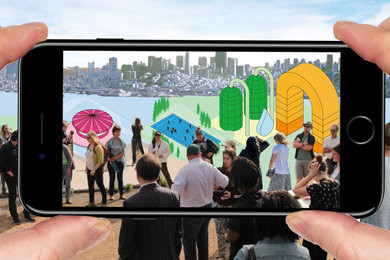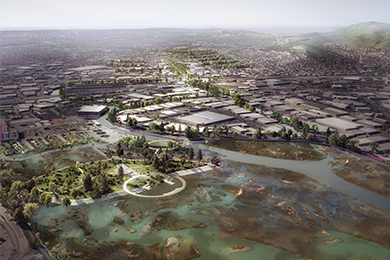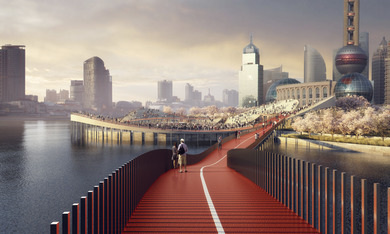The power of speculative design
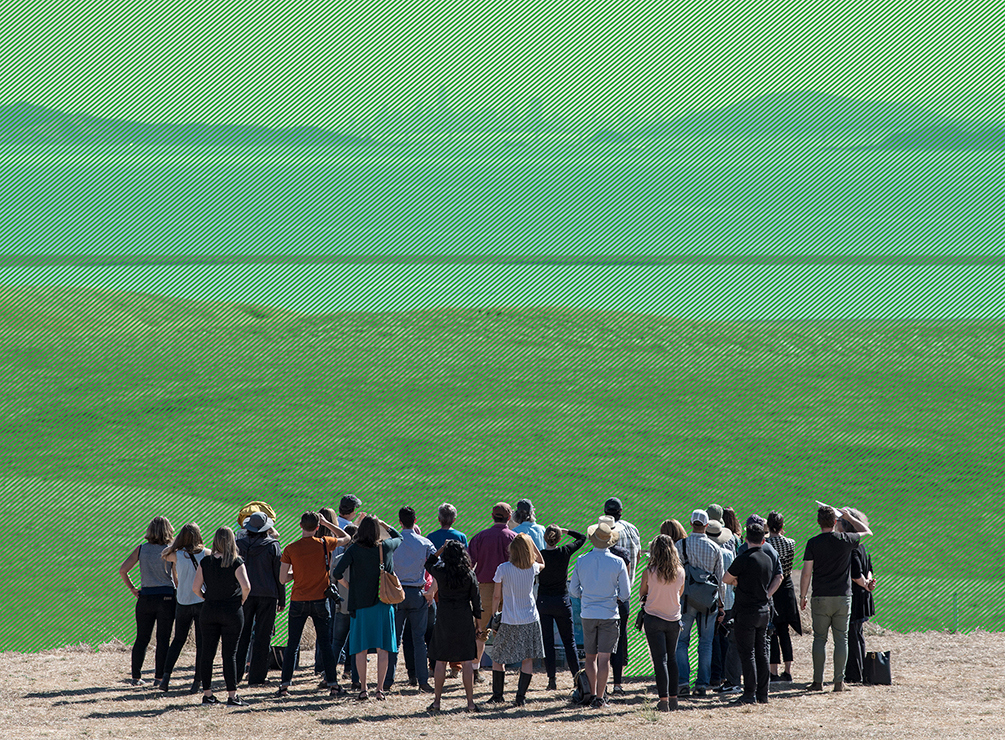
Designers have a unique type of agency in the face of global challenges.
By Liam Mouritz with illustration by Matty Kapeleri
In a fascinating recent essay, architect Sean Lally describes an encounter with Google co-founder Larry Page. Lally persuaded his way into a science and technology forum where he met Page in conversation with a small group of attendees.
Page, who Lally didn’t recognise at first, was making his way around the room, asking people how they’d spend $50 million. The huddle of experts that Lally found himself in gave ‘elevator pitch’ responses for big picture transformation. Invest in clean energy, geo-engineer the atmosphere, prepare for the AI revolution.
“If you had $50 million, what would you spend it on? Tell me what we should be doing.”
Larry Page, Google co-founder
Lally responded differently. He countered that the problem-solving mentality that focuses only the technological fix doesn’t work. It’s a get-out-of-jail free card that allows us to continue with unsustainable consumption patterns, he said.
Instead, Lally would spend the money on a mix of education and speculation to ‘pull’ people into the future. Because history shows that change happens faster if you alter demand before you push supply. At the New York World’s Fair of 1939 visitors saw an optimistic ‘World of Tomorrow’. This compelling promotion of an optimistic new way of life oriented around the motor vehicle ushered in the transition from coal to oil.
Bring designers into the conversation, Lally said. They can create images and stories of new places and environments, uniting people around a new future that we can work towards.
He was talking on the spot. But Lally articulated perfectly the role that designers could play and how they might find influence to help address global challenges.
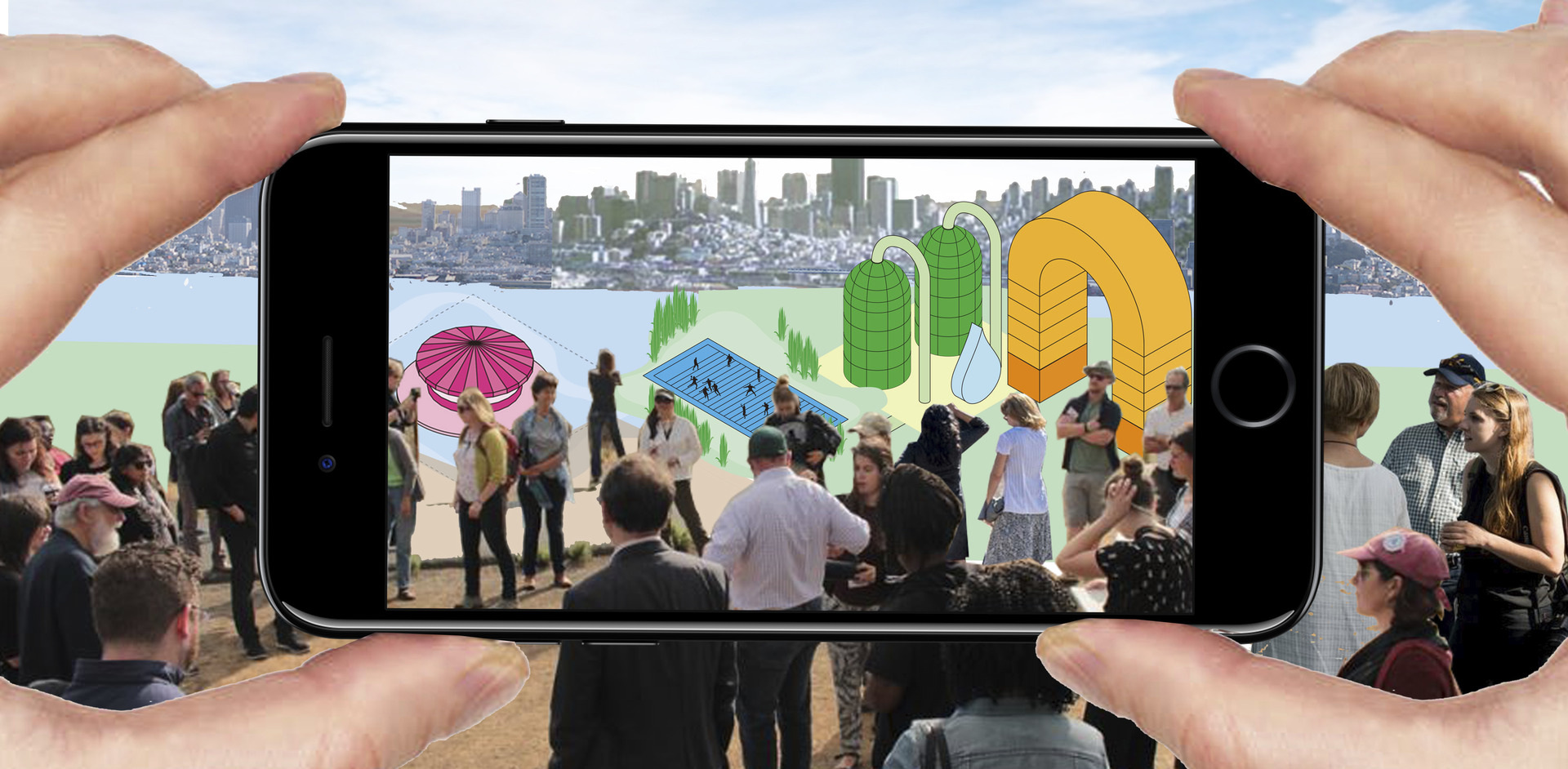
INTERWEAVING ART AND SCIENCE
The designer’s approach interweaves rather than opposes art and science. This is true of our work at Hassell. We’re a practice that intersects strategic multidisciplinary intelligence with innovative design.
As an urban designer, I make decisions based on research and facts. Various data sources help to form strategies for urban transformation. But the reality of urbanism is that there’s no single solution, but many possibilities.
The best design strategies are those that come packaged with captivating stories. A storytelling hook can mobilise clients and communities around a collective vision.
This intersection of technical and conceptual thinking is fertile ground for multidisciplinary discussions. And it’s the unique value that designers can bring to the table to address global challenges.
“The world will add 2 trillion square feet of buildings by 2060 – the equivalent of putting up another New York City every month for the next 40 years.”
Bill Gates
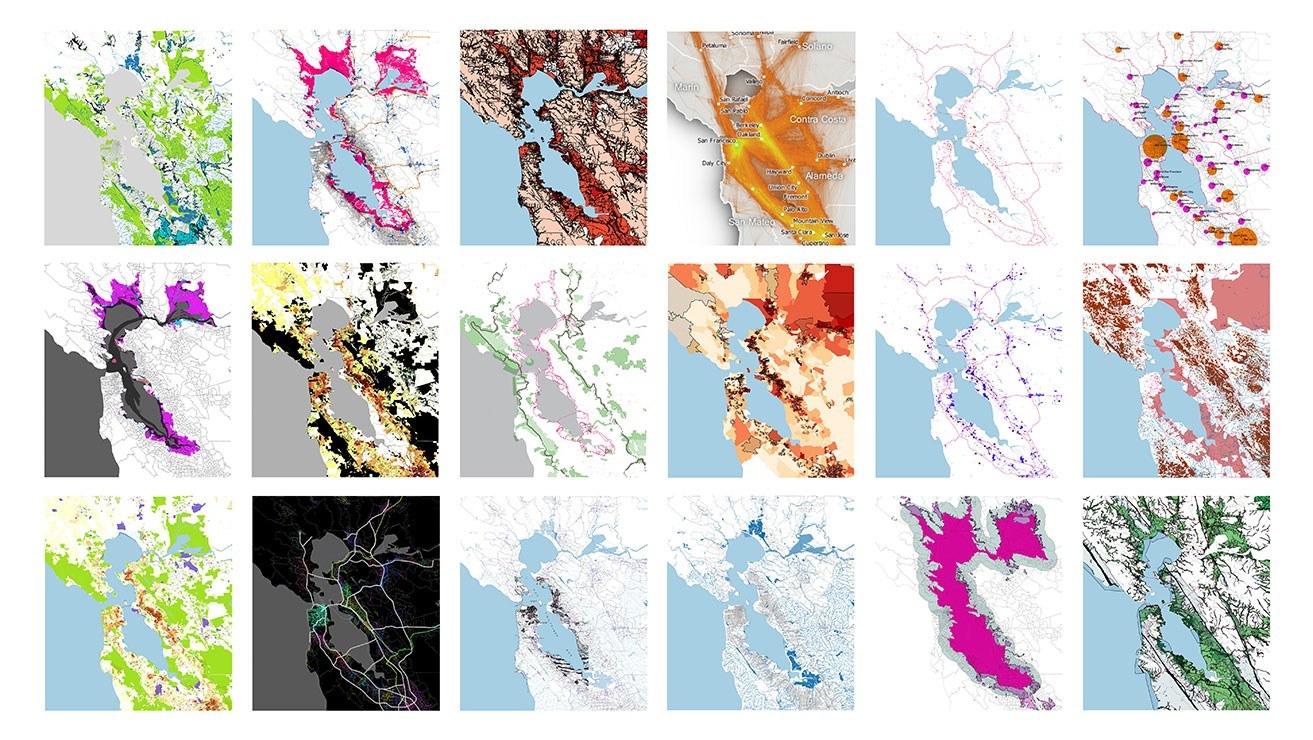
It’s important that we try to understand and critique the big-picture systems we work in. Urban designers, architects and landscape architects are taught to focus on improving cities. If we make cities more liveable, sustainable, efficient and convenient, we can change the planet, one commissioned project at a time. But alongside discrete project work, we must think broader and further into the future.
We need to conceptualise cities not as bounded objects but as interconnected urban regions. Every city is dependent upon vast territories of resource extraction and production to fuel its growth.
With every new city tower we build, resources are extracted from the ground, transported across the planet and recomposed anew. The idea of ‘reciprocal landscapes’ means that the design of a New York City public landscape also transforms sites in other geographic locations – the territories where materials are produced.
“The construction materials that designers specify are implicated in the ecological, economic and social relations of their own extraction, production and reuse.”
Jane Hutton, University of Waterloo School of Architecture
We must develop a new level of responsibility towards this system of production and circulation of materials. And we need to improve our ability to acknowledge and consider alternatives through our design projects.
Rapid urbanisation is fuelled by large scale infrastructure – hydro-electric dams, enormous highways, concrete rivers, vast water circulation systems – constructed with finite extracted resources.
This ‘mega-infrastructure’ is optimised around efficiency and profit. But it’s rigid and inflexible under increasing pressure from extreme weather conditions like flooding and intense drought. This will only get worse in cities across the planet as the climate crisis comes into full effect.
Landscape architects understand that we are interdependent upon planetary processes. But the self-proclaimed stewards of the biosphere work mostly in the world’s wealthy pockets.
The challenge for us as landscape architects, urban designers and architects is to consider what we can bring to bigger debates. Designers must engage in the real forces shaping our world – from urban policies to ecological processes.
As Naomi Klein might say, climate change is not an environmental problem, but a social, economic and political one. If you’re not thinking about these issues, then you’re not relevant today.
THE POWER OF SPECULATIVE DESIGN
The good news is that there are increasing opportunities for design practices to engage on global issues through their work. Like the Resilient by Design Bay Area Challenge, a community-oriented initiative to build San Francisco’s resilience.
The design challenge was a collaborative way to generate new ideas. It brought together international and local designers, ecologists, engineers, government agencies and community groups.
The Hassell proposal came out of the intersectional thinking that’s at the heart of our design philosophy. We collected city-scale data, using mapping to visualise complex issues and challenges.
We distilled this technical analysis into a clear strategy to create a distributed network of connections around the bay. The proposal would connect people with the waterfront and improvement movement across water.
At the local scale, our team looked for pragmatic and implementable change. We proposed bio-swales along streets where water flows. Schools could also be water collection reservoirs and community parks. Canals offered sites for public terraces that overlooked naturalised water streams.
We reimagined the relationship between people and the natural environment to incorporate nature into daily life.
As part of their design process, the team set up an open-door storefront in the Colma Creek area. This enabled ongoing dialogue with the local community and the collection of their ideas. It was also a way to engage directly with the people who will ultimately own and drive the project’s implementation.
The project works on many fronts. At the macro scale, it’s an example of how designers bring multidisciplinary thinking to complex challenges. But we also looked at regional and local issues in parallel to build the collaborative, grassroots networks to drive change.
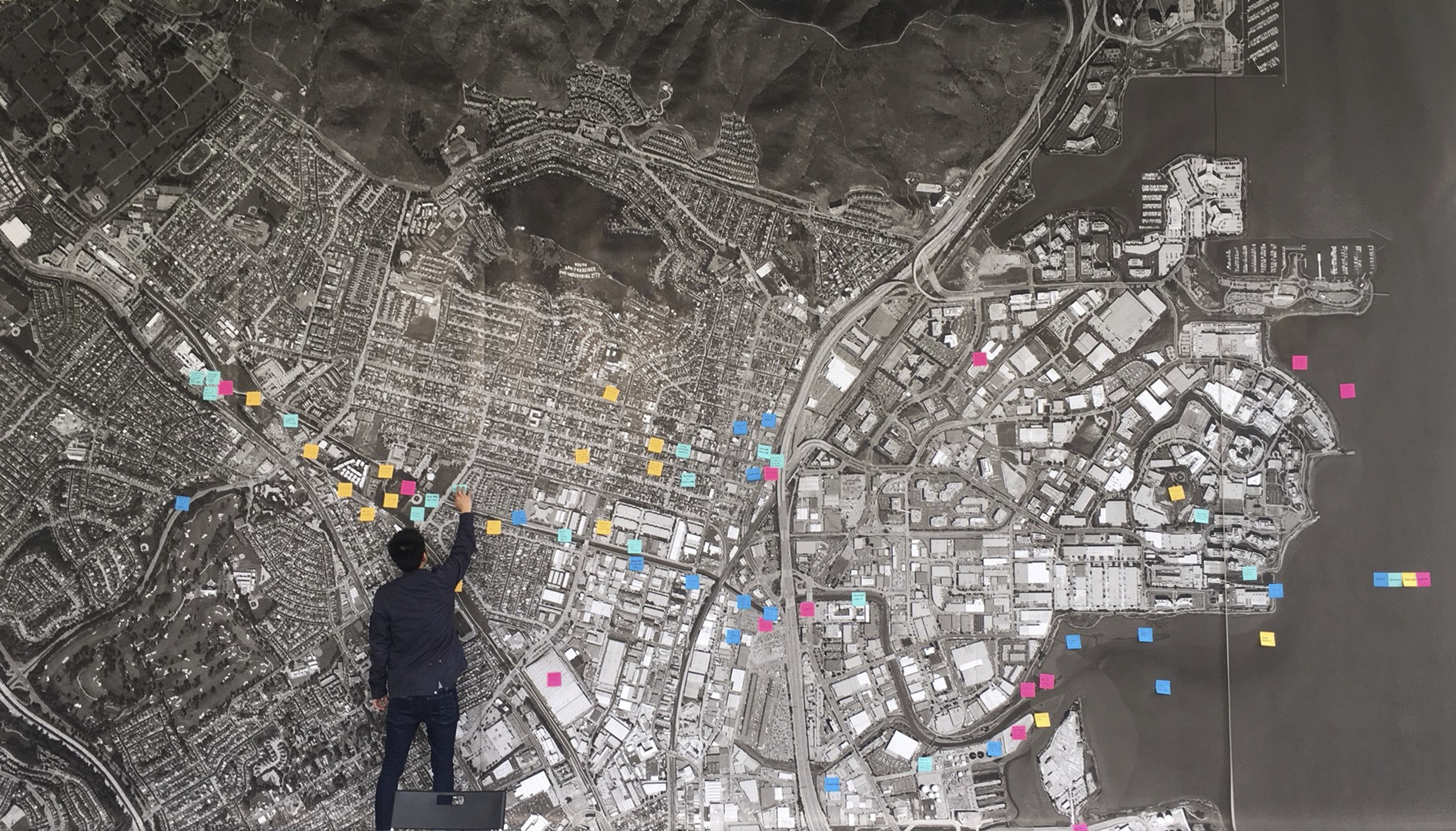
NEGOTIATING SOLUTIONS
We could understand this intersectional design process as a form of negotiation. Imagine a group of people with different motivations gathered around a table to discuss drawings that will shape the future. This is what design looks like, and it’s a powerful process.
It’s the ability to synthesise different ideas to plan proposals to negotiate them into reality. Negotiation recognises the design process as a dialogue between groups with contrasting perspectives. Between different disciplines, between ecology and urbanity, or between the sensual and the technical. It’s the ability to find compromise and intersect unconsidered perspectives that drives innovation.
The global challenges are enormous. Let’s embrace design as a process of collective negotiation, as the basis for a rich dialogue of speculation and imagination. Let’s navigate together, toward informed responses in a world desperate for meaningful and integrated solutions – not just technological fixes.
Liam Mouritz is an Urban Designer based in our Shanghai studio. This article is based on his Shanghai Landscape Forum presentation called ‘To sense or survey?’.

Scan this QR code with your phone to follow Hassell on WeChat.
